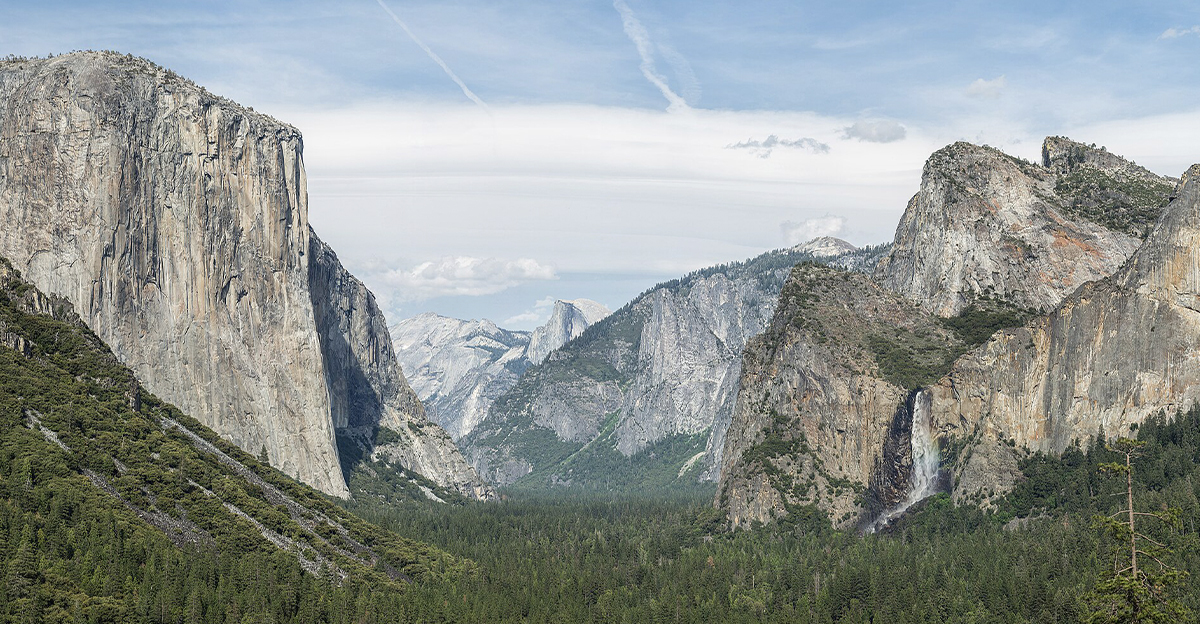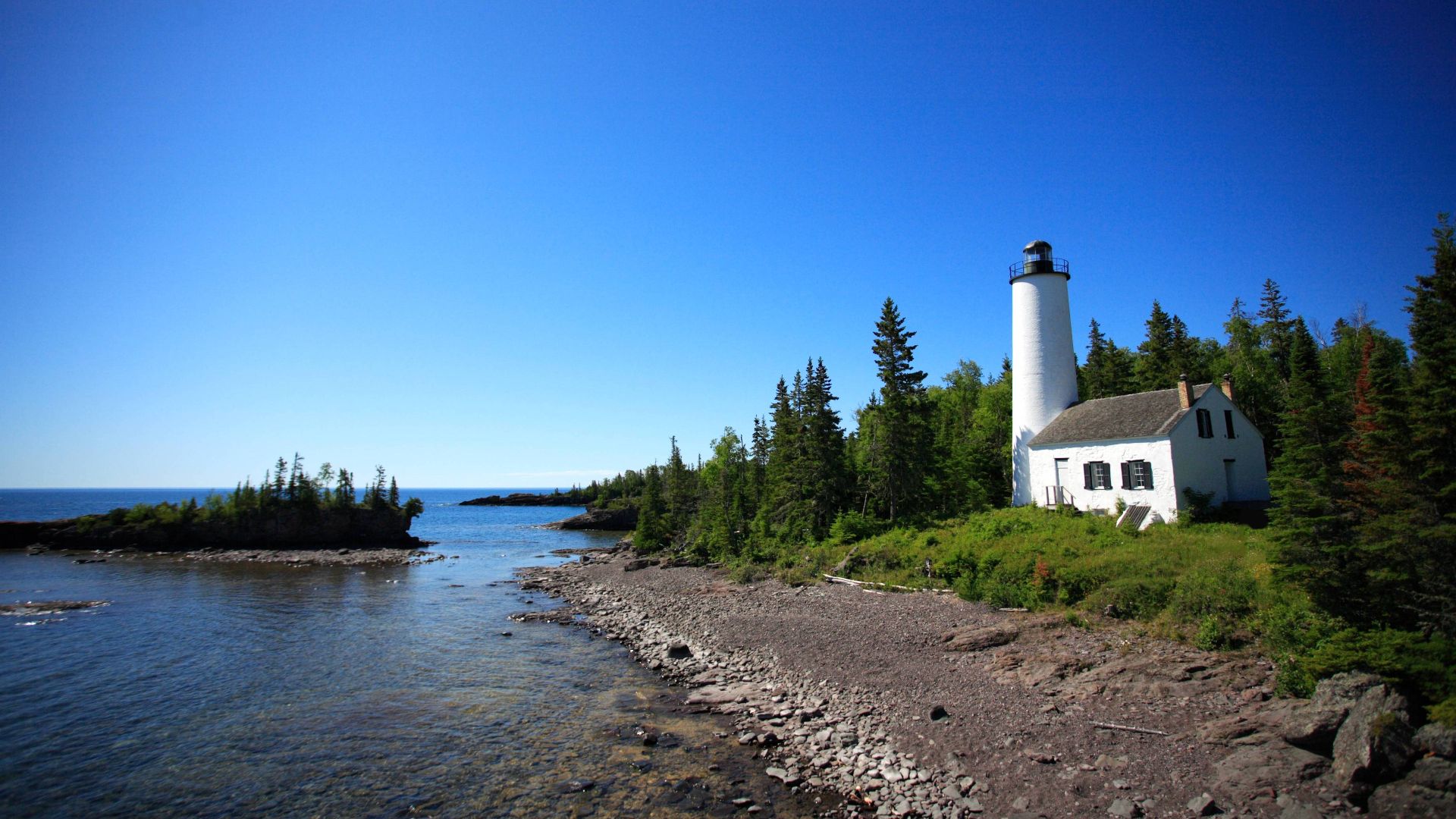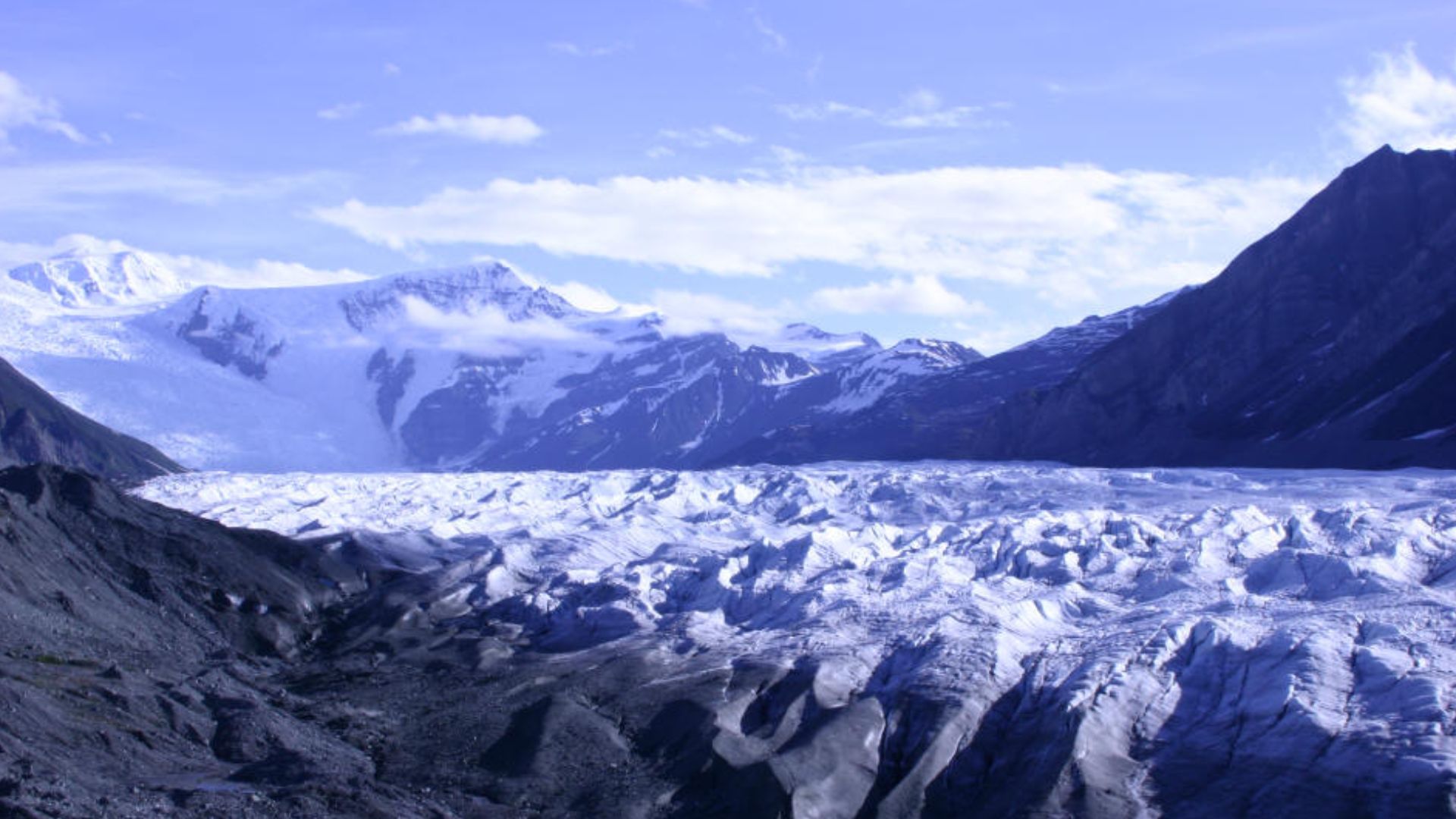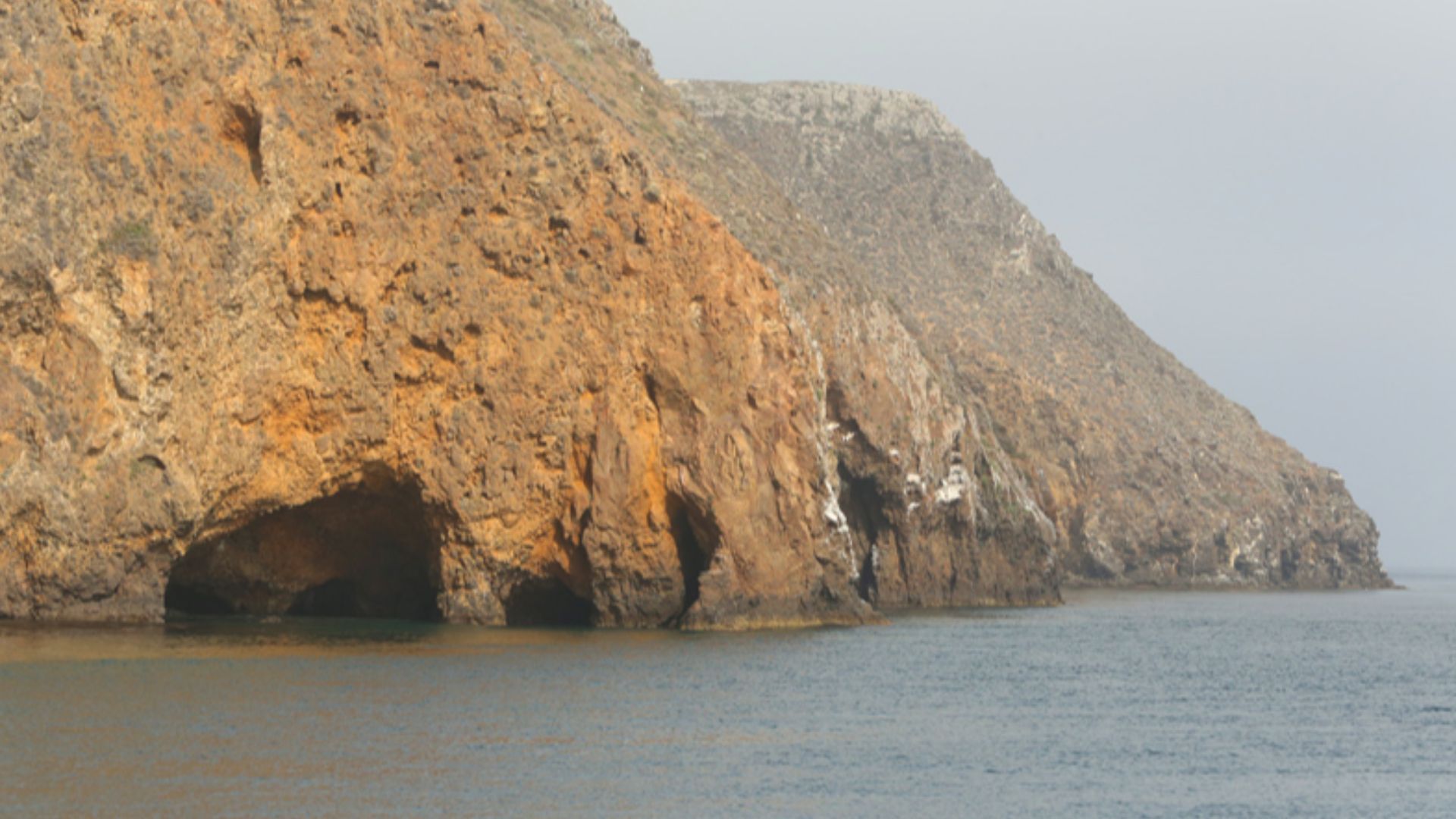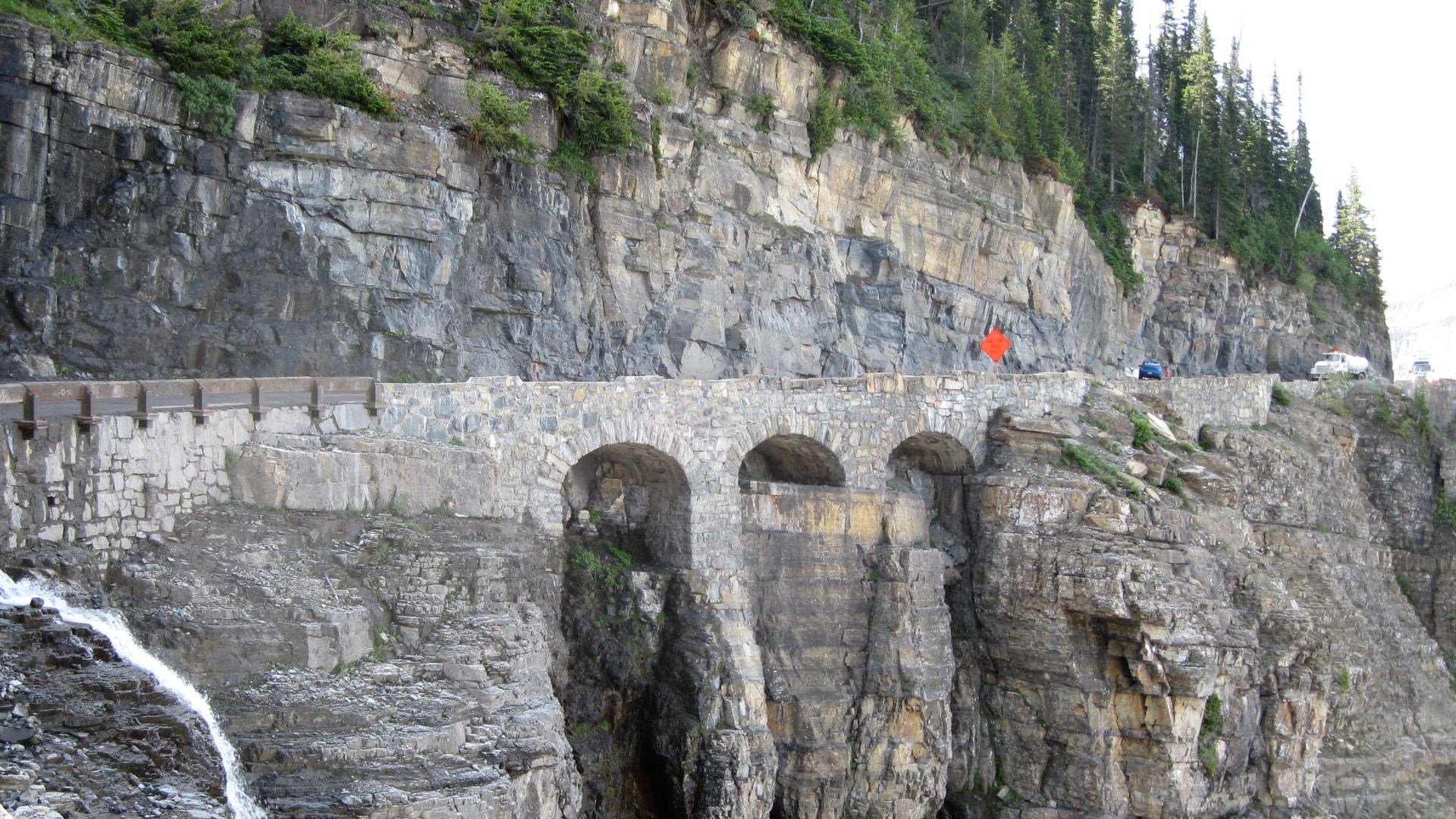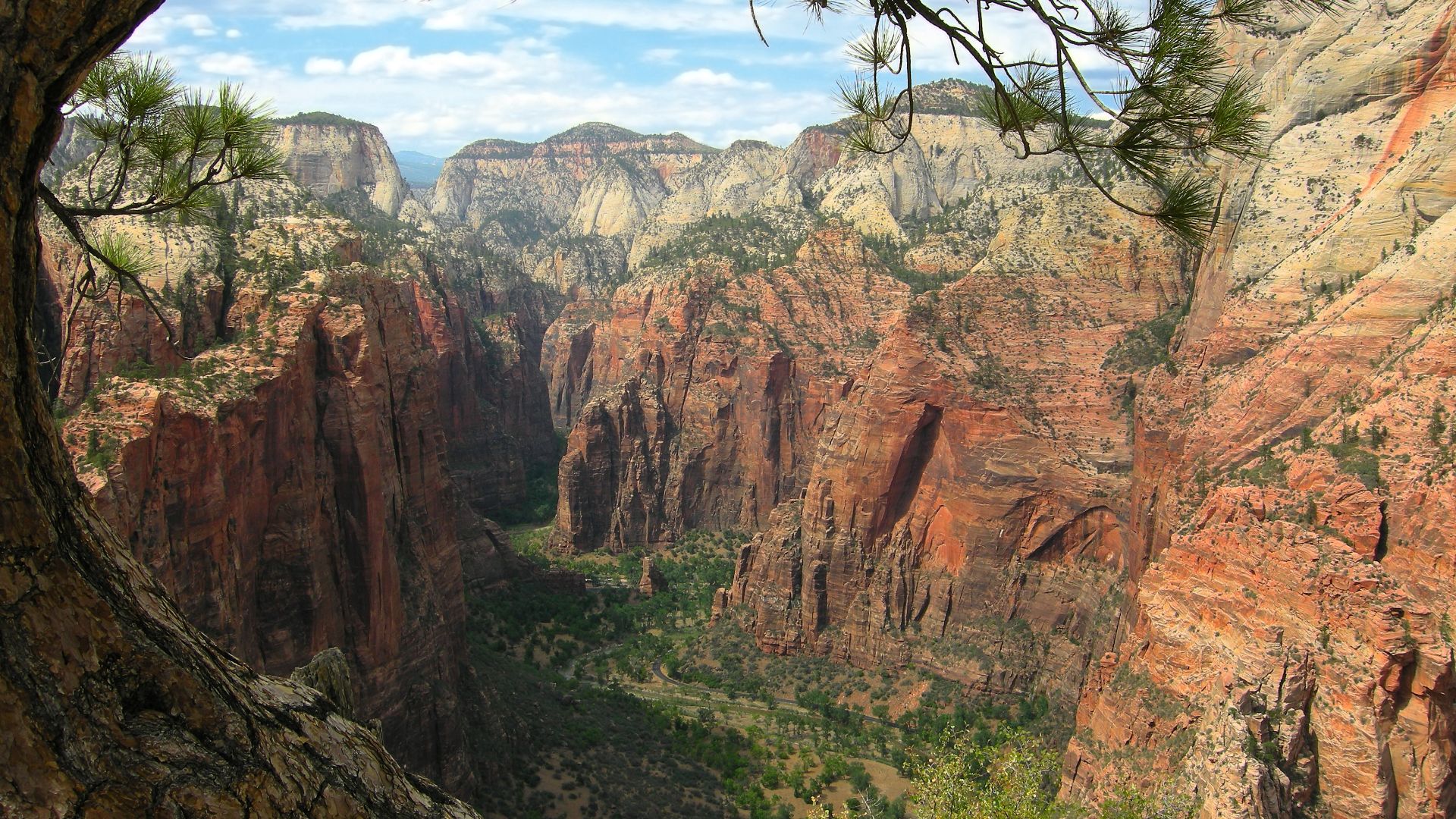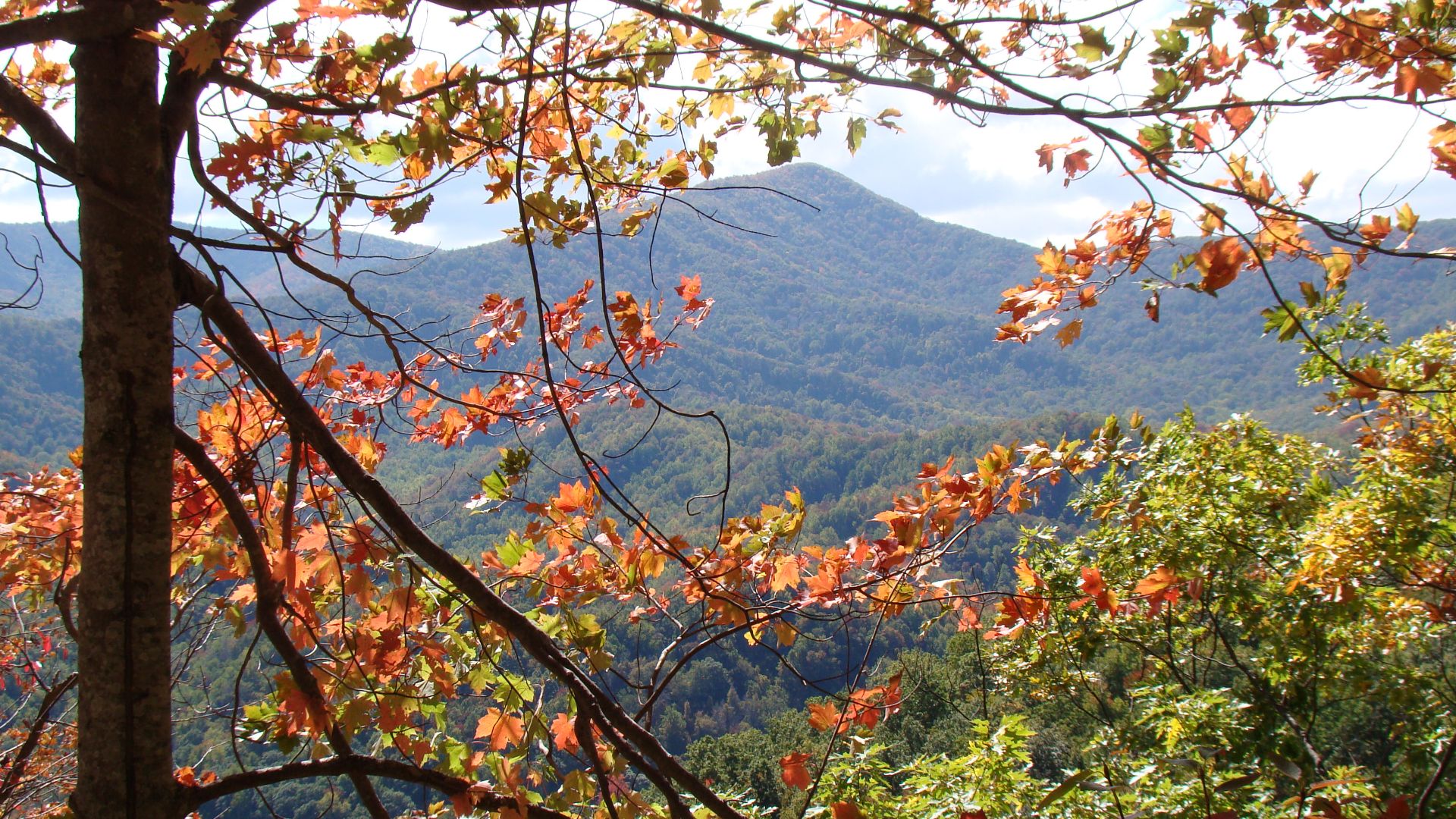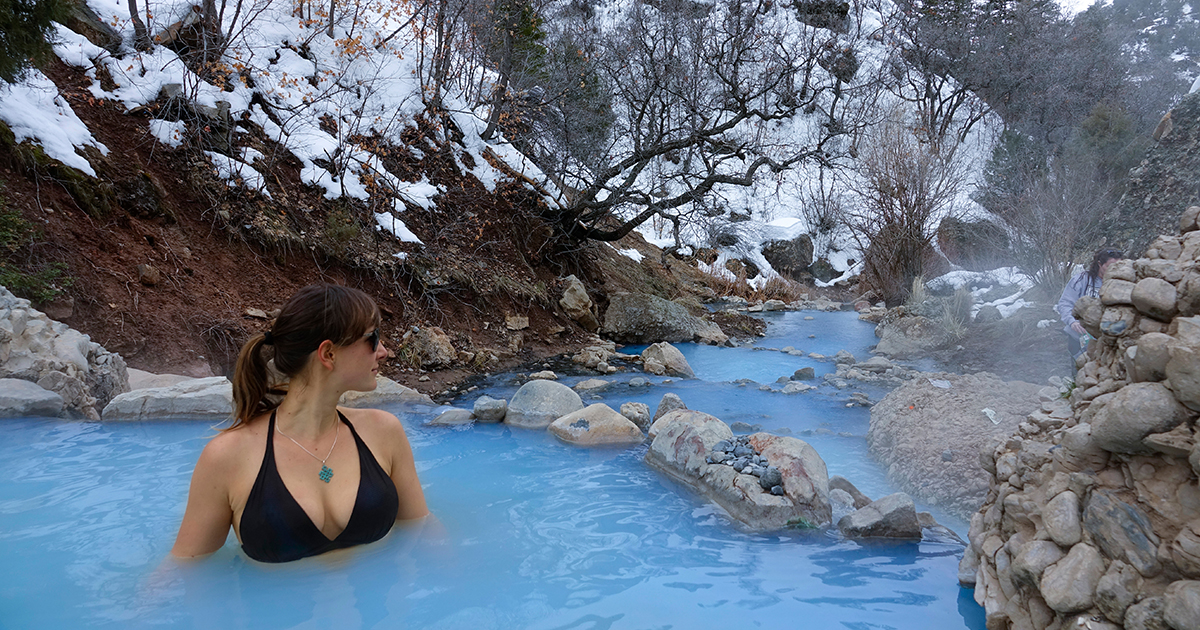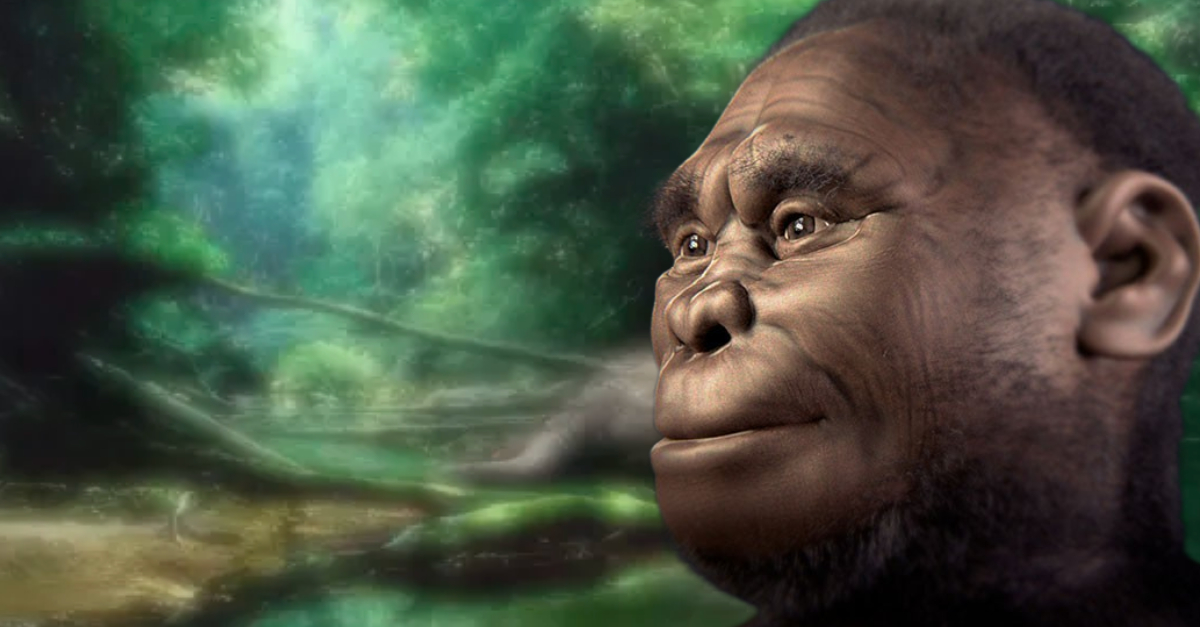Must-See Natural Wonders
2024 was a record year for America's national parks, with 331.9 million visits recorded across all National Park Service destinations. Driven in part by renewed enthusiasm for outdoor vacations, these natural marvels drew record crowds in spite of staffing challenges and overcrowding concerns. Below, we count down the 25 most‑visited national parks—by number of visitors—and explore what makes each one a wonder to witness.

25. Gates Of The Arctic
A mere 12,000 visitors accessed this pure Alaska wilderness that stretches beyond the Arctic Circle with no roads, trails, or development. Canoeing and backpacking are the only modes of access, through tundra, glaciers, and migrating caribou herds.
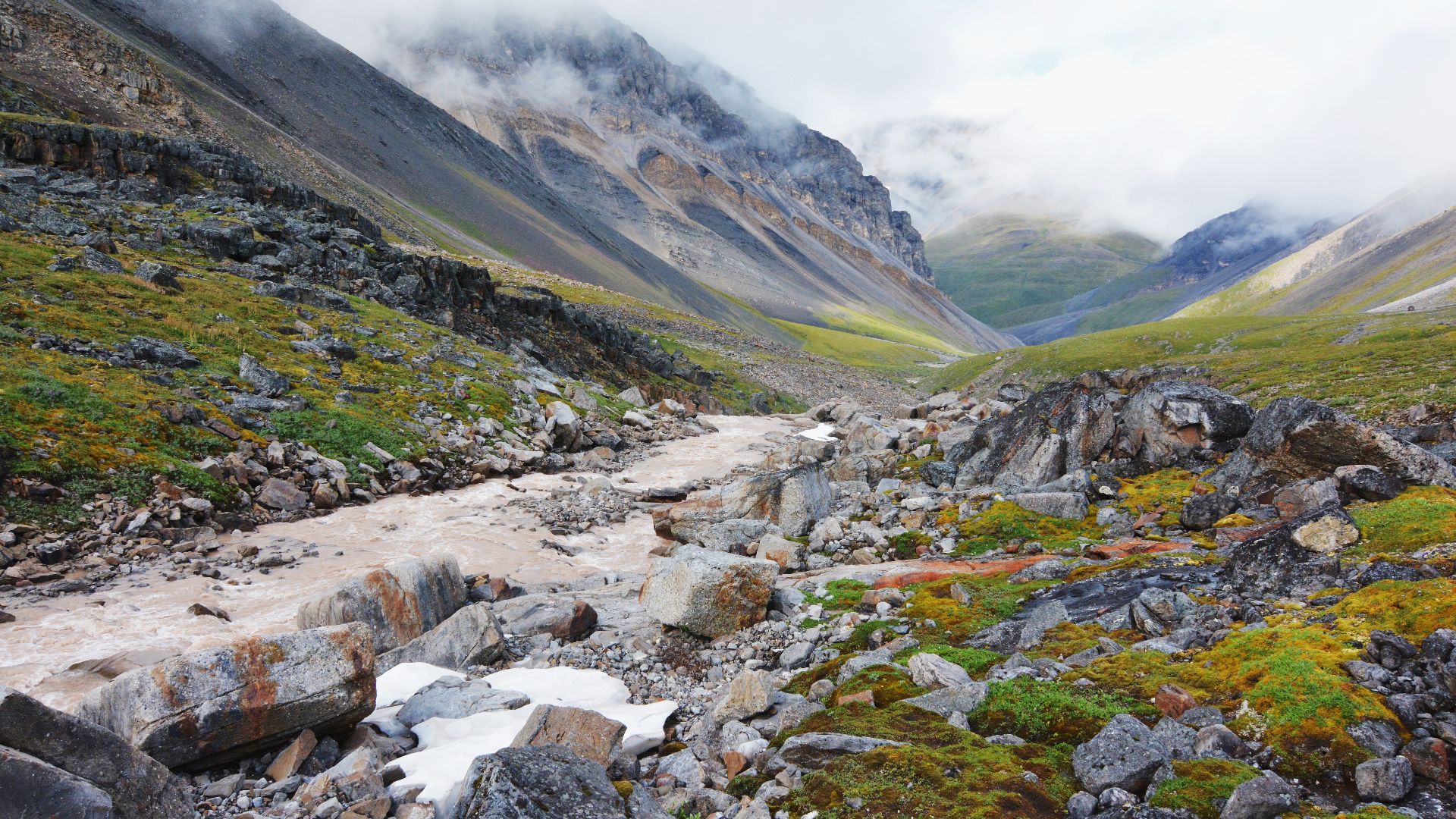 Paxson Woelber, Wikimedia Commons
Paxson Woelber, Wikimedia Commons
24. North Cascades
16,000 visitors explored Washington's North Cascades, a rugged high‑alpine labyrinth of peaks, glaciers, and wildflower meadows. Backpackers trek off-trail through rainforests and across alpine lakes, often discovering solitude and the occasional bear.
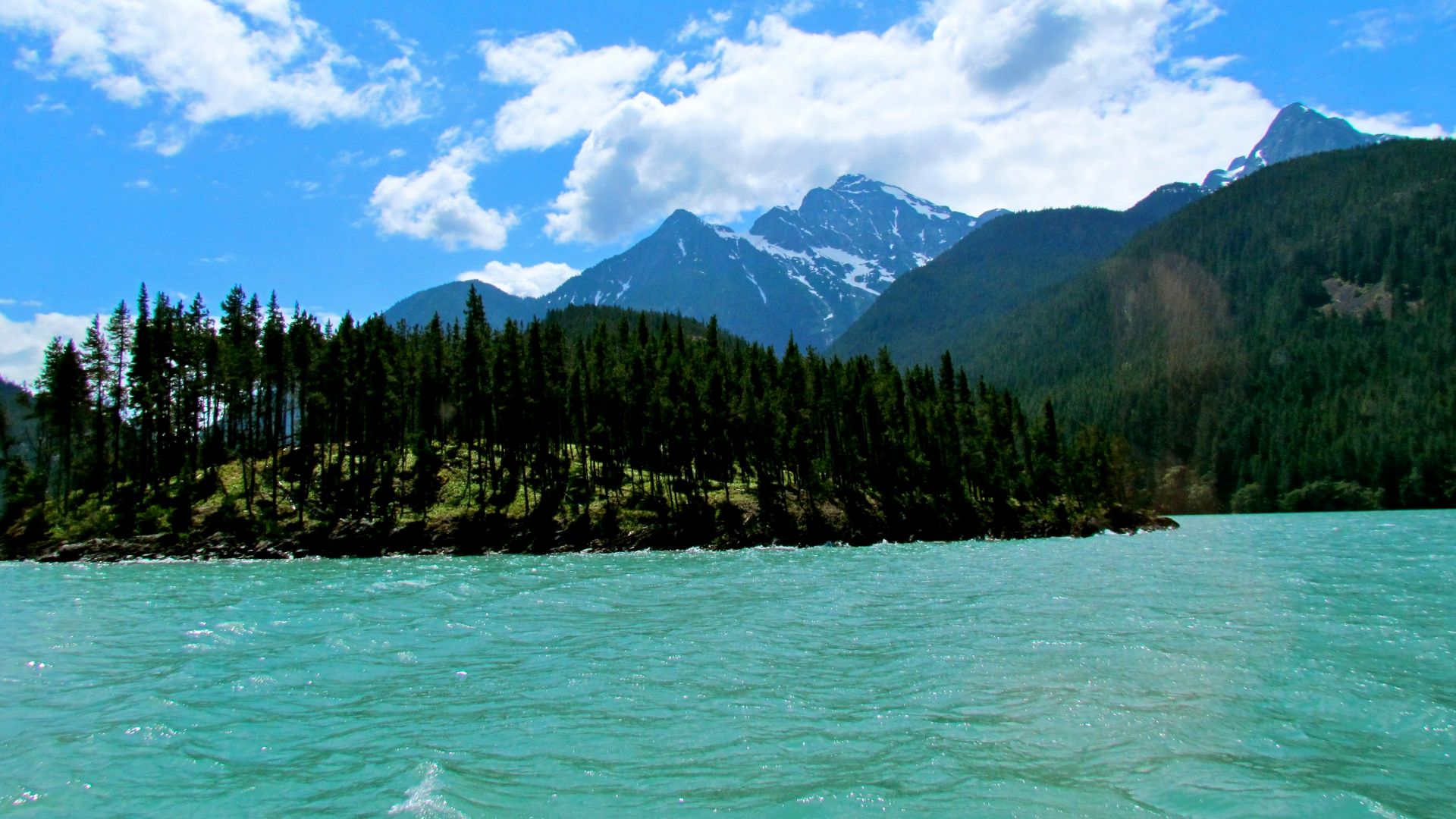 Jeff Gunn from Atlanta, USA, Wikimedia Commons
Jeff Gunn from Atlanta, USA, Wikimedia Commons
23. Isle Royale
Just 29,000 visitors traveled to Michigan's Isle Royale, a remote island park in Lake Superior. Backpackers and canoeists paddle through wooded ridges and moose‑filled wetlands, with constant up-close wildlife viewing far from mainland crowds.
22. Katmai
Alaska's Katmai had 36,000 visitors, famous for its profusion of brown bears. Brooks Falls is a draw for folks to witness bears snagging salmon, with volcanoes looming in the background—distant, wild, and unforgettable.
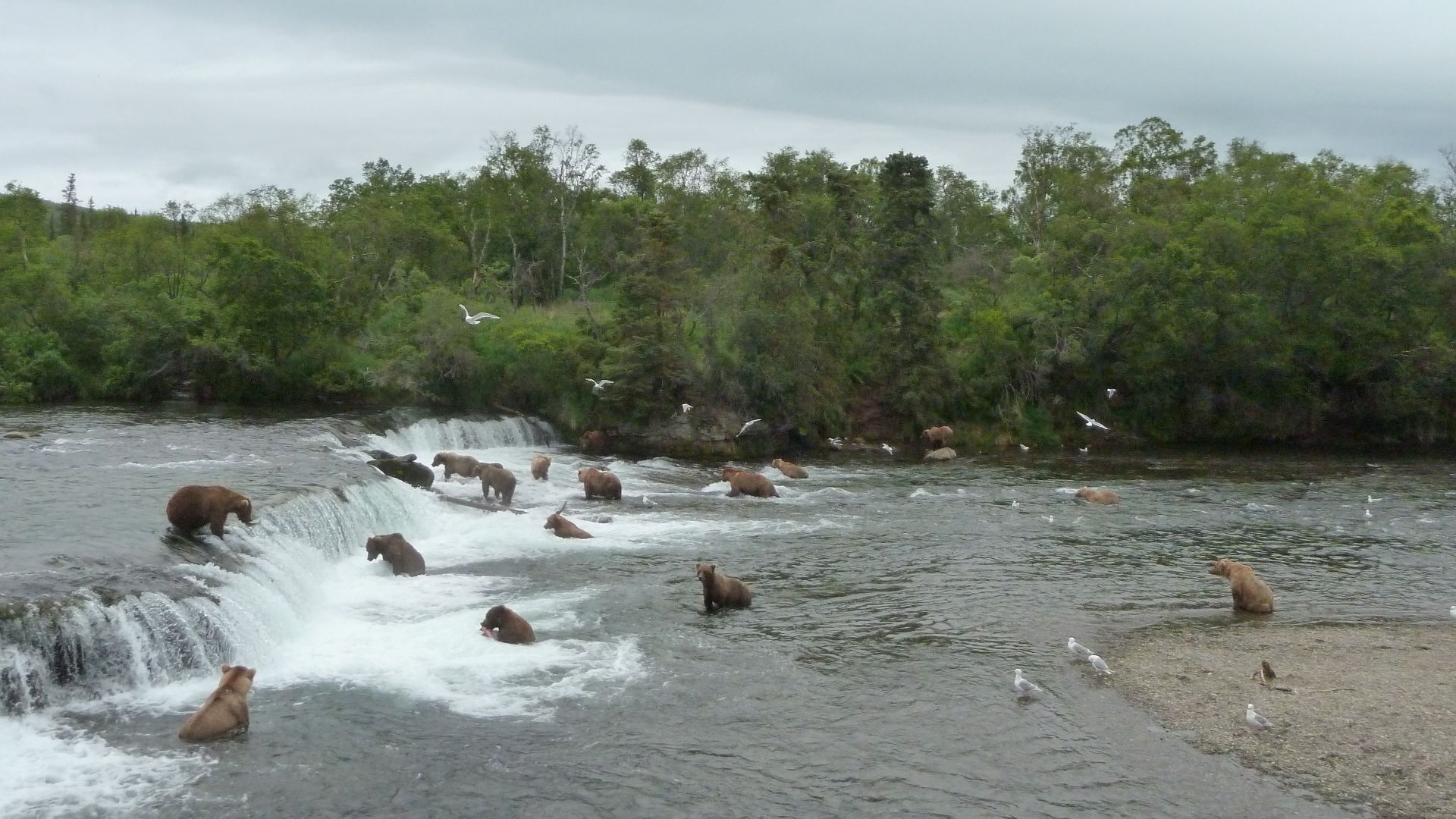 Katmai National Park and Preserve, Wikimedia Commons
Katmai National Park and Preserve, Wikimedia Commons
21. Wrangell–St Elias
With 82,000 visitors, Alaska's biggest national park provides grand scale—huge glaciers, towering 18,000‑ft peaks, and empty valleys. Flightsee, backpack, fish for salmon, and seek serendipity in modern-day frontier wilderness.
20. Dry Tortugas
85,000 travelers visited this island-fortress park, reached only by boat or seaplane. Visitors can snorkel in coral reefs, explore the 19th‑century Fort Jefferson, and camp under some of the darkest, most starry skies in the contiguous US.
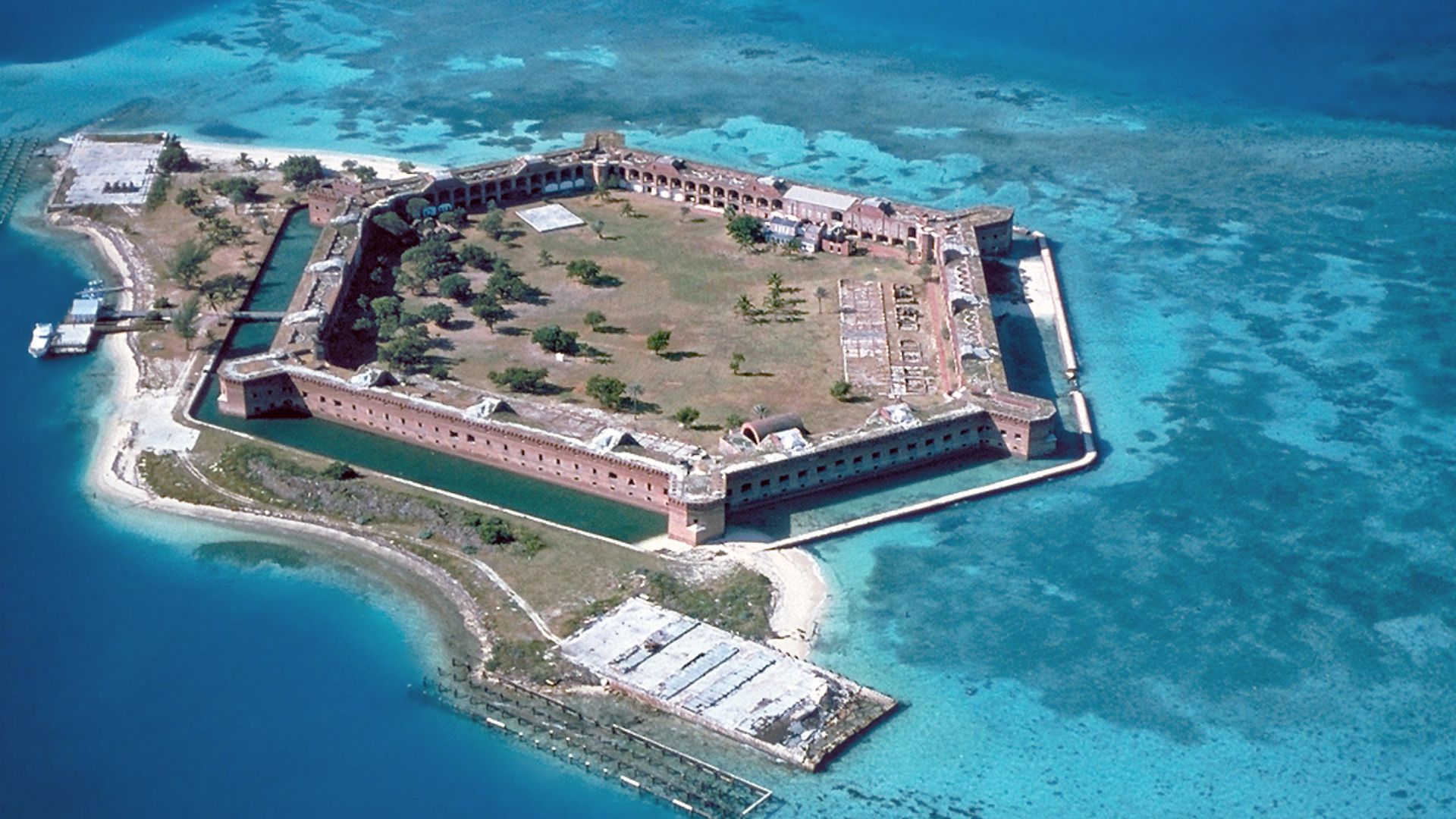 U.S. National Park Service, Wikimedia Commons
U.S. National Park Service, Wikimedia Commons
19. Great Basin
In Nevada's Great Basin, 152,000 people visited ancient bristlecone pine forests, limestone caves, and alpine scenery. Summit Wheeler Peak, tour Lehman Caves, and enjoy high-elevation solitude a world away from city crowds.
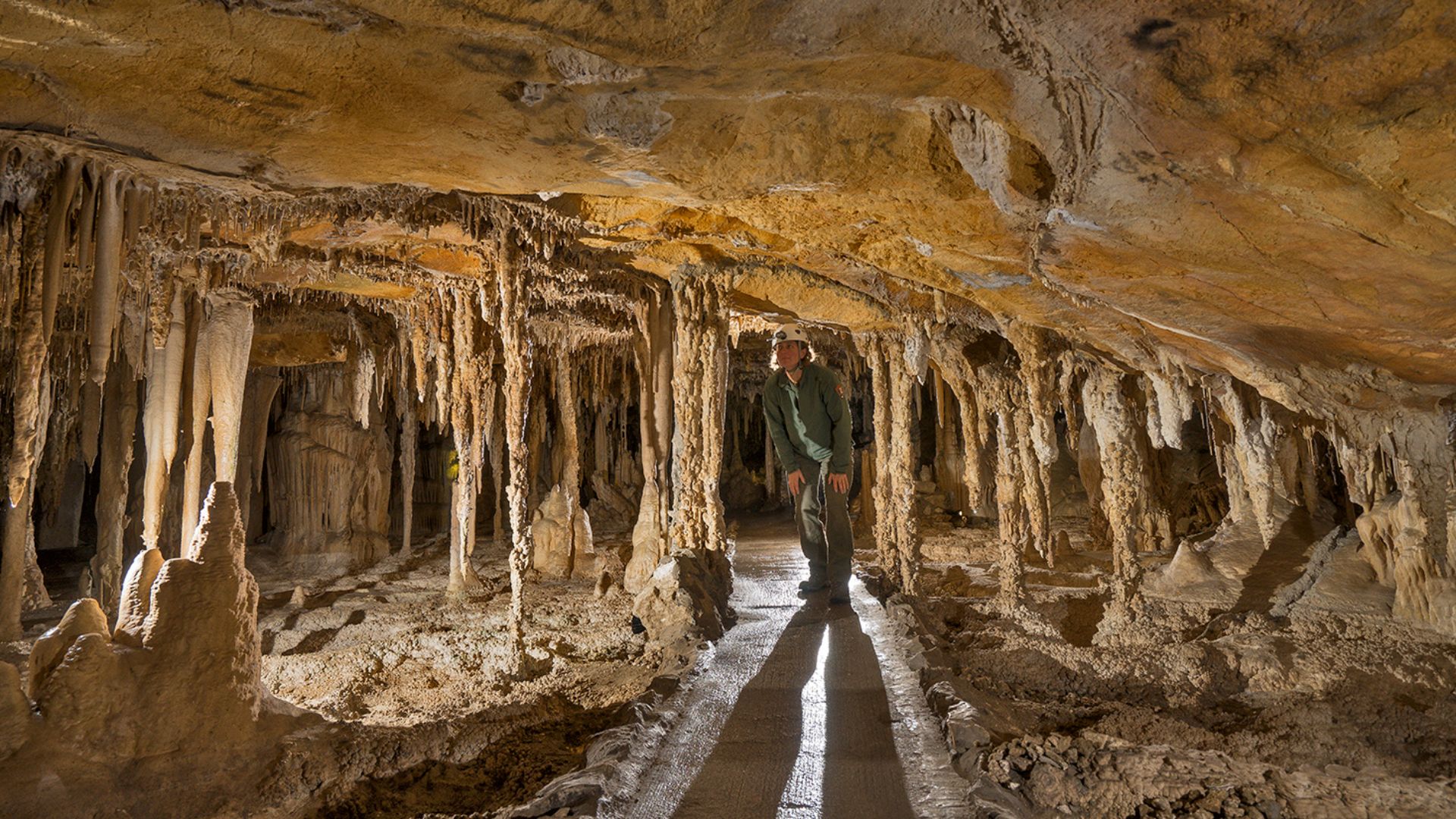 Dave Bunnell, Wikimedia Commons
Dave Bunnell, Wikimedia Commons
18. Voyageurs
This national park in Minnesota had 199,000 visitors, offering a water adventure on its series of lakes. Canoes, kayaks, and houseboats glide between forested islands, with lots of moose, loons, and northern lights twinkling along the boundary waters.
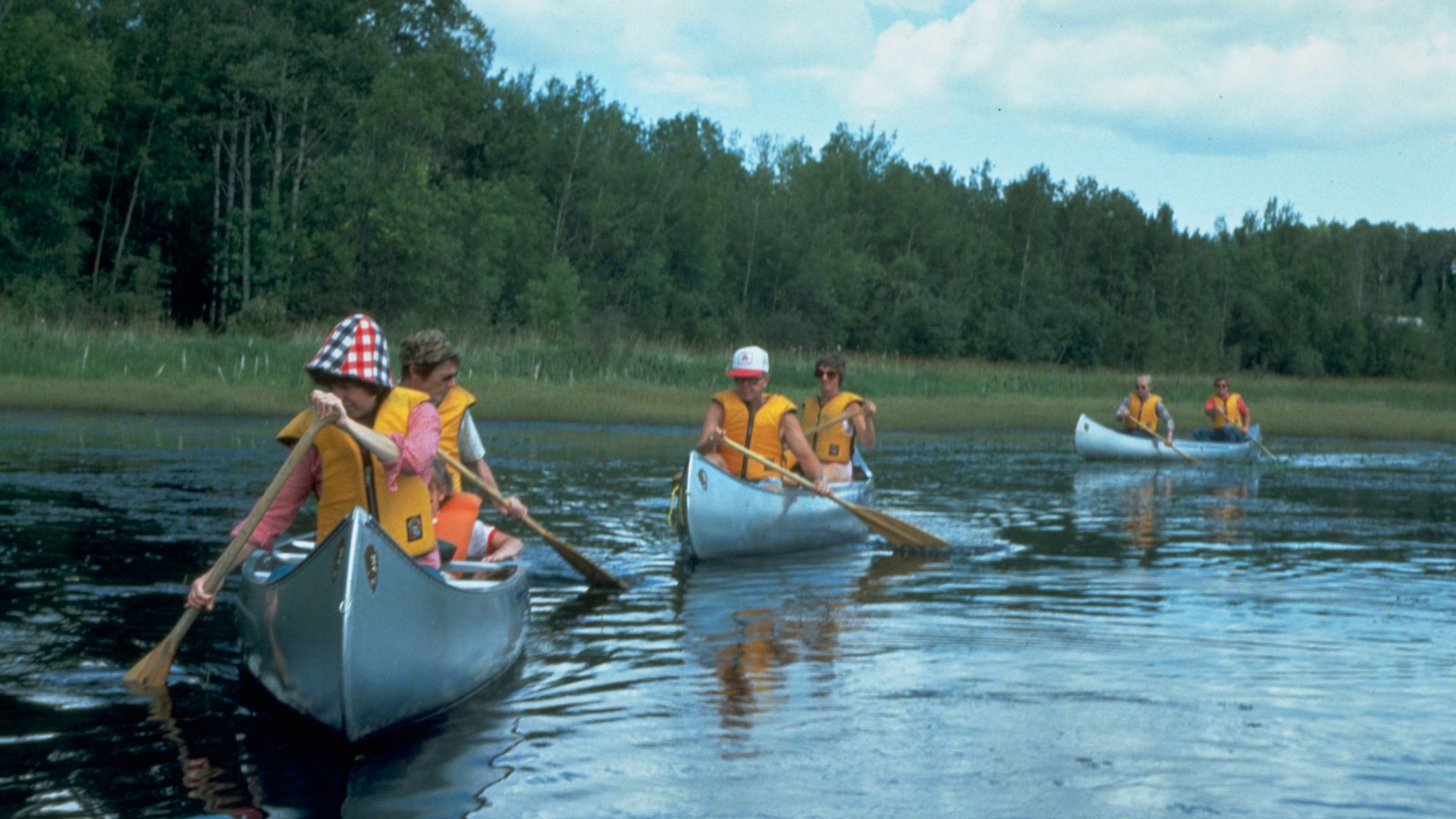 National Park Service Digital Image Archives, Wikimedia Commons
National Park Service Digital Image Archives, Wikimedia Commons
17. Guadalupe Mountains
This Texas gem attracted 226,000 people and holds the nation's highest point outside of California. Scenic hiking trails climb to the summit of Guadalupe Peak, while the pine tree-filled wooded canyons below are home to bashful wildlife like bighorn sheep.
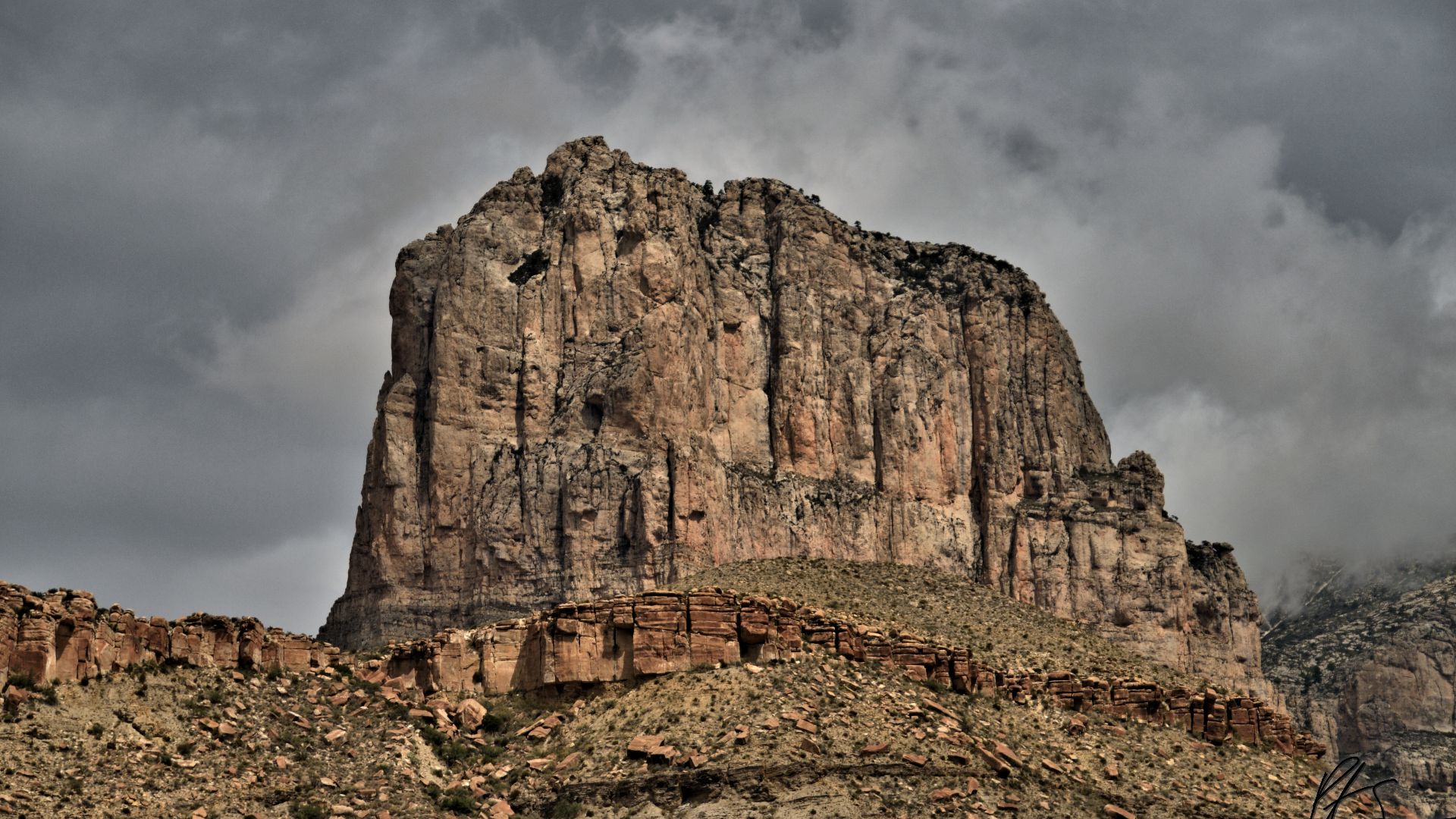 Peter A. Episcopo, Wikimedia Commons
Peter A. Episcopo, Wikimedia Commons
16. Lassen Volcanic
Home to steaming fumaroles, bubbling mud pots, and boiling boiling Lake, Lassen Volcanic drew about 226,000 visits in 2024. Hike around cinder cones, ski in the winter, explore extinct volcanoes, and see rare subalpine wildflowers under sharp mountain skies.
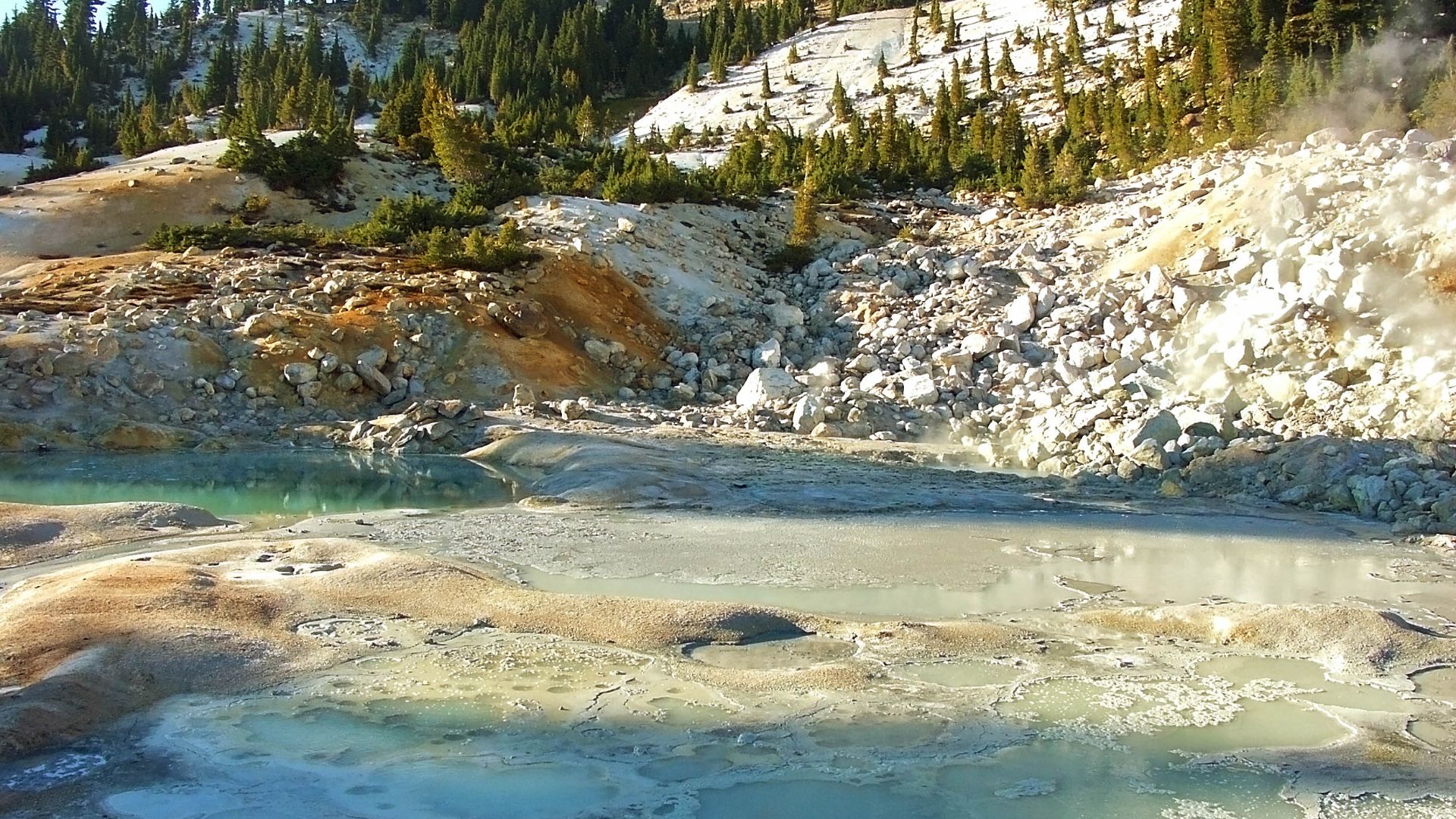 Tobias Haase from Hanover, Germany, Wikimedia Commons
Tobias Haase from Hanover, Germany, Wikimedia Commons
15. Congaree
South Carolina's Congaree contains one of North America's largest old‑growth bottomland hardwood forests with 242,000 visitors. Looping boardwalk trails through cathedral‑like trees, and canoeing on slow rivers reveal wild orchids, ancient‑growth cypress, and fireflies twinkling at night.
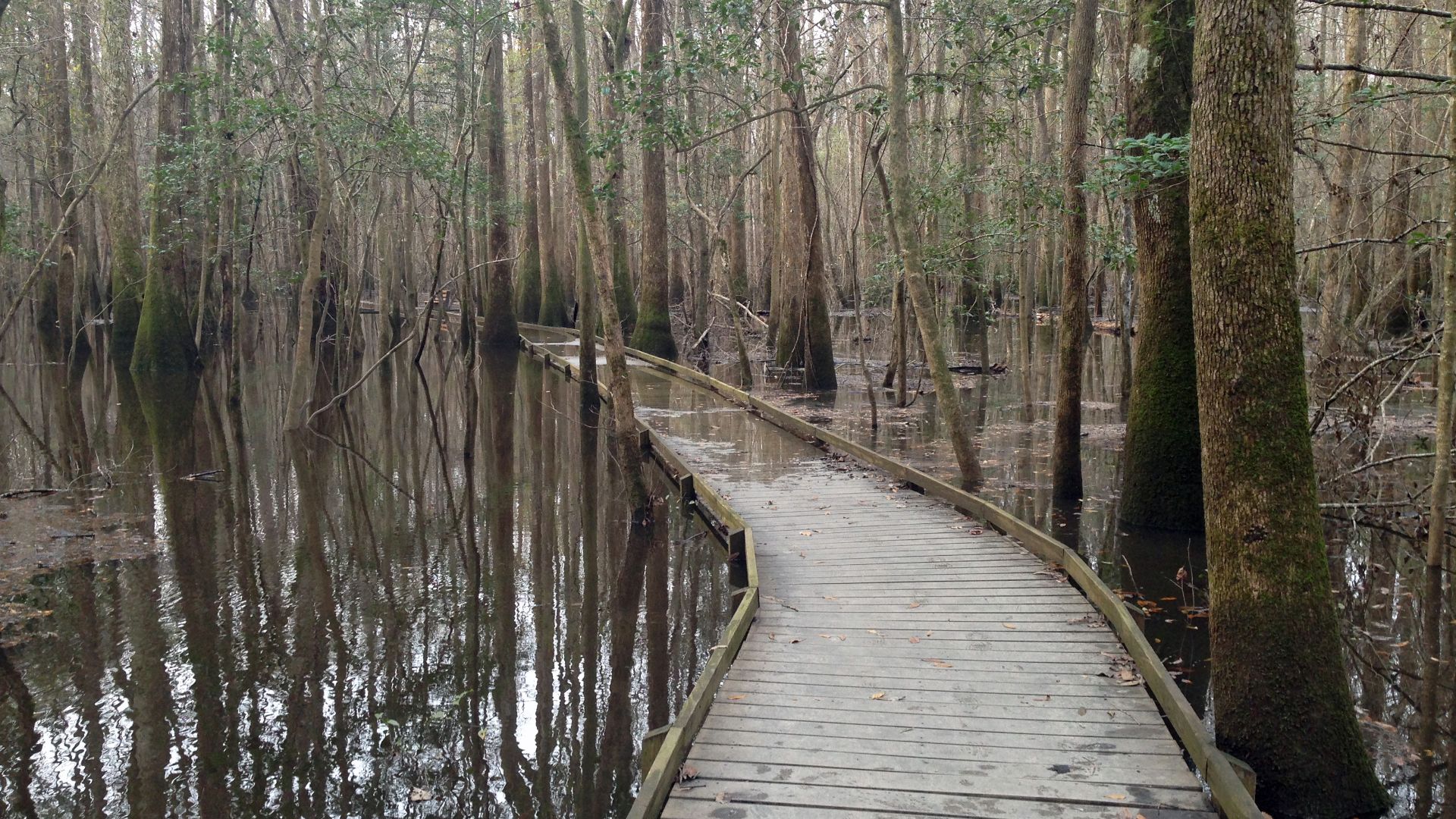 Fredlyfish4, Wikimedia Commons
Fredlyfish4, Wikimedia Commons
14. Channel Islands
California's Channel Islands welcomed 262,000 people, with primitive campsites, sea-cave kayaking, and wildlife that includes island foxes and blue whales in the waters offshore. Accessible only by air or boat, the islands are a trip back in time.
13. Black Canyon Of The Yellowstone
About 335,000 visitors descended into the dramatic Yellowstone Grand Canyon. Towering basalt walls and plummeting waterfalls like Lower Falls offer a wild and scenic escape from the geyser basins' throngs.
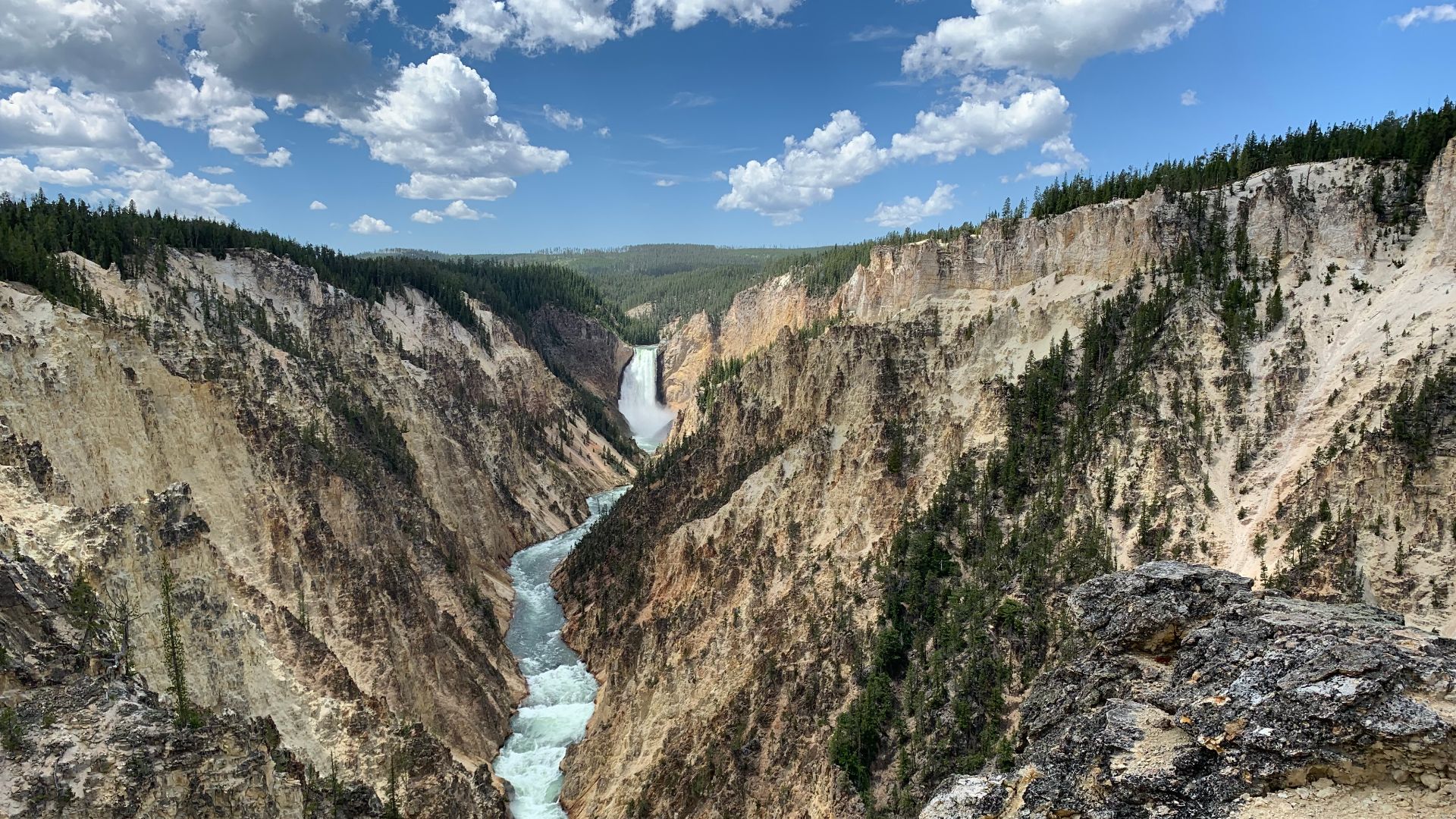 Erik Whalen, Wikimedia Commons
Erik Whalen, Wikimedia Commons
12. Black Canyon Of The Gunnison
This Colorado park attracted 336,000 visitors with its canyon walls of precipitously steep plunge carved out by a river in rage. Narrow rims offer dizzying overlooks, and rafting trips navigate near-vertical walls and some of the world's steepest drops.
 The Dye Clan, Wikimedia Commons
The Dye Clan, Wikimedia Commons
11. Great Sand Dunes
416,000 visitors came to Colorado's surreal dune field—the tallest in North America. Sand camping, sandboarding, and sunsets with the Sangre de Cristo peaks as a backdrop render this a photographer's paradise and adventurous backpacker's dream.
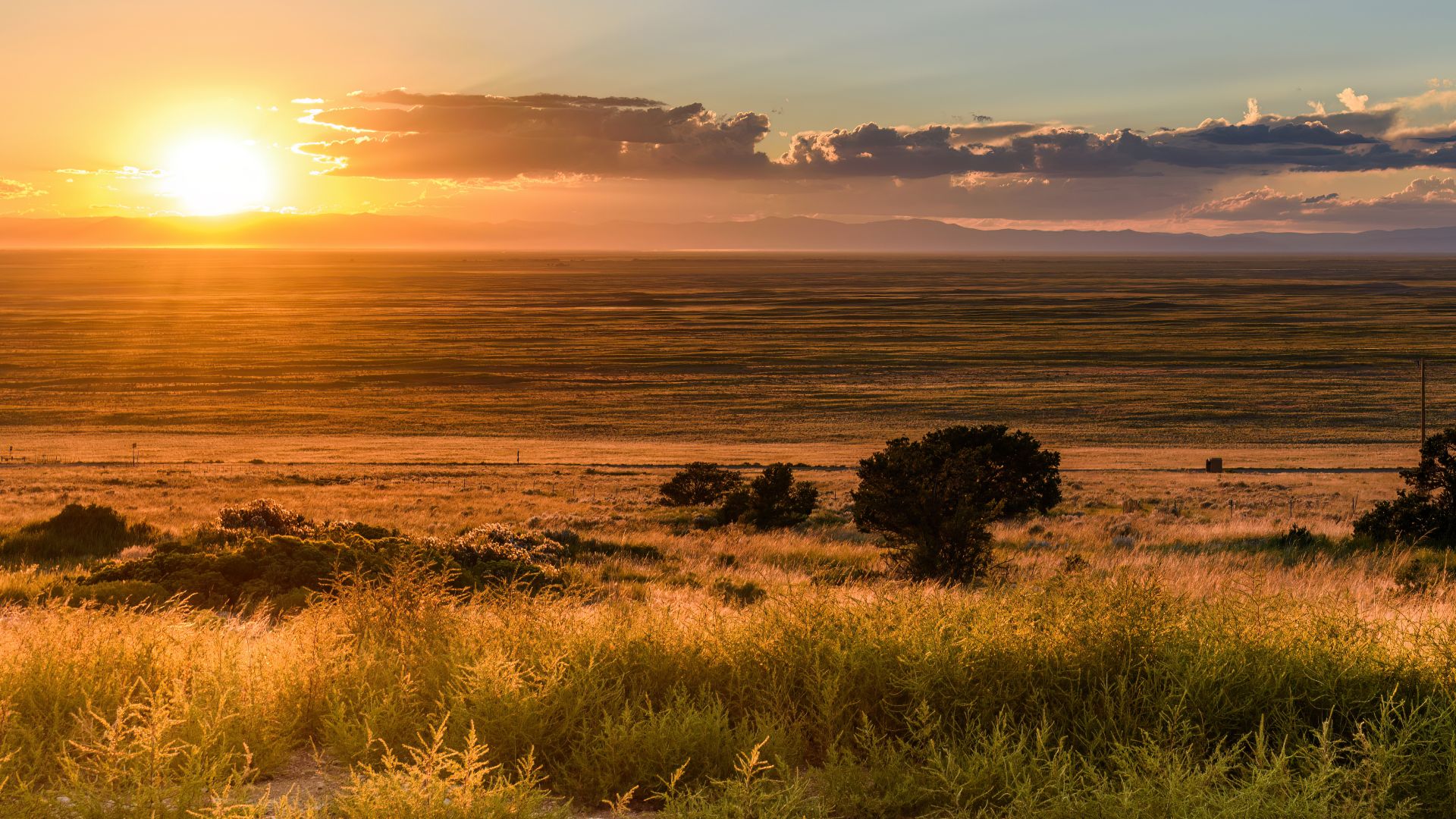 Andrew Russell, Wikimedia Commons
Andrew Russell, Wikimedia Commons
10. Glacier
Montana's Glacier impresses with glacier‑scoured valleys, towering peaks, and wildlife including goats and bears, with 3.21 million visitors. Scenic driving on the "Going-to-the-Sun Road," backcountry hiking, and boat cruises on pristine lakes make it a nature lover's paradise.
9. Grand Teton
3.63 million visitors visited Wyoming's Grand Teton, attracted by its iconic jagged profile. Jackson Lake reflects towering peaks, and there are plenty of opportunities for climbing, horseback riding, wildlife watching (bison, elk, moose), and gazing at stars under clear alpine skies.
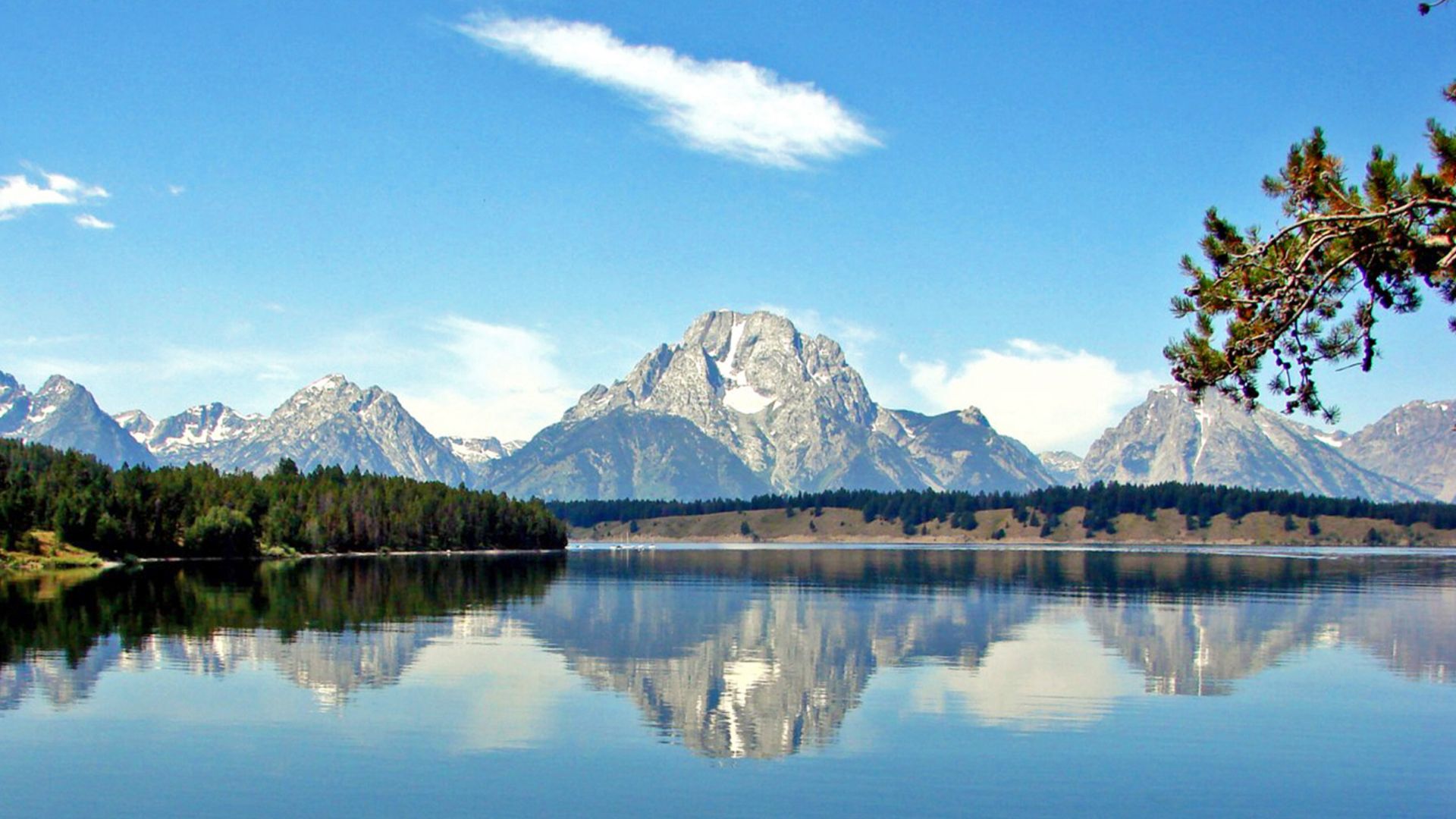 inkknife_2000 (7.5 million views +), Wikimedia Commons
inkknife_2000 (7.5 million views +), Wikimedia Commons
8. Olympic
Washington's Olympic received 3.72 million visitors, offering dramatic contrasts: wild Pacific shores, snow‑fed alpine peaks, and old‑growth temperate rainforests. Elwha River, Hoh and Quinault valleys invite moss‑draped trails and elk viewing in emerald glades.
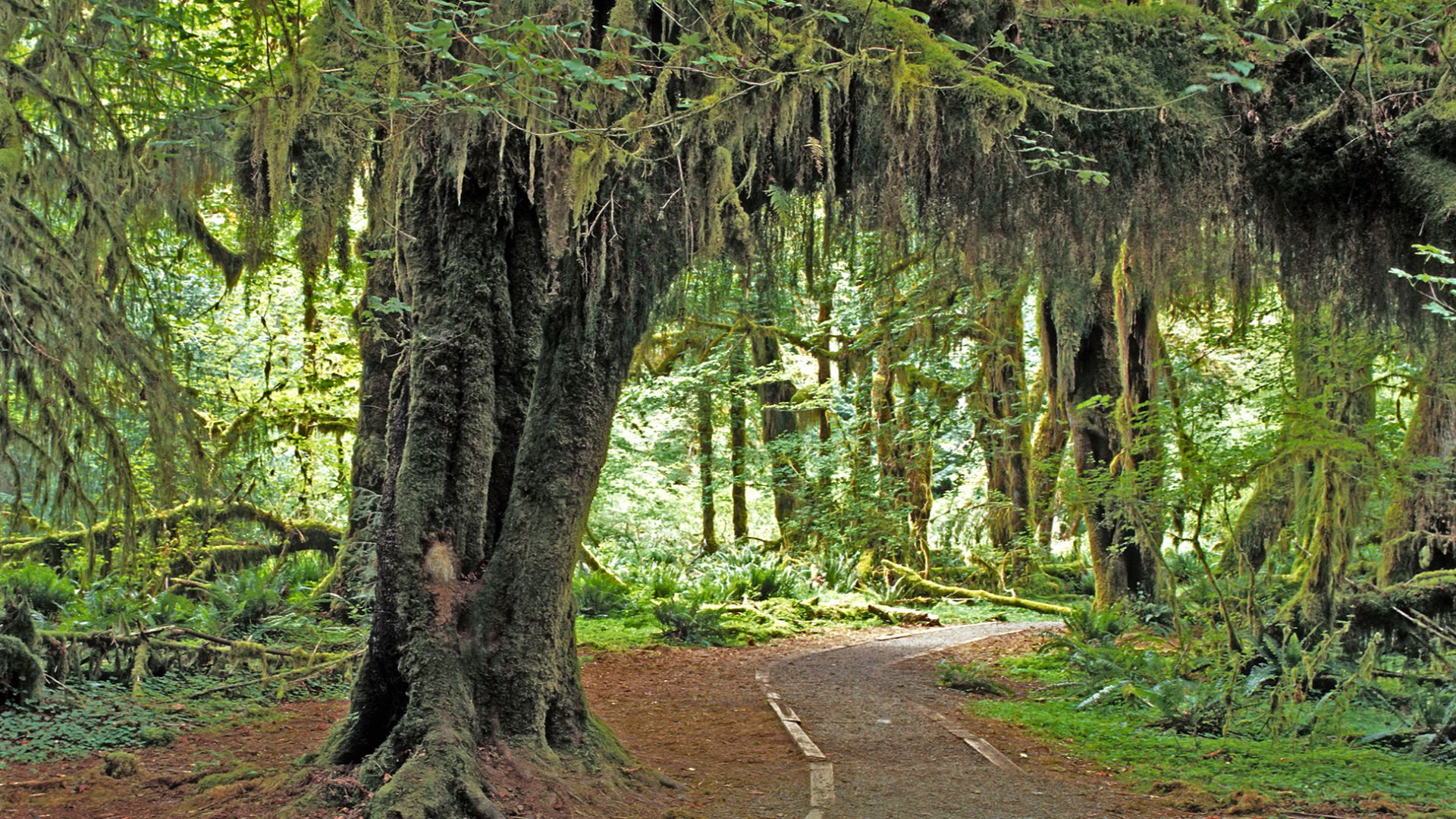 Michael Gäbler, Wikimedia Commons
Michael Gäbler, Wikimedia Commons
7. Acadia
Down East Maine's Acadia received 3.96 million visitors, attracted to rocky coastlines, pink‑granite peaks, and Atlantic views. Sunrise on Cadillac Mountain, tidepooling, and carriage‑road biking are the quintessential New England experiences.
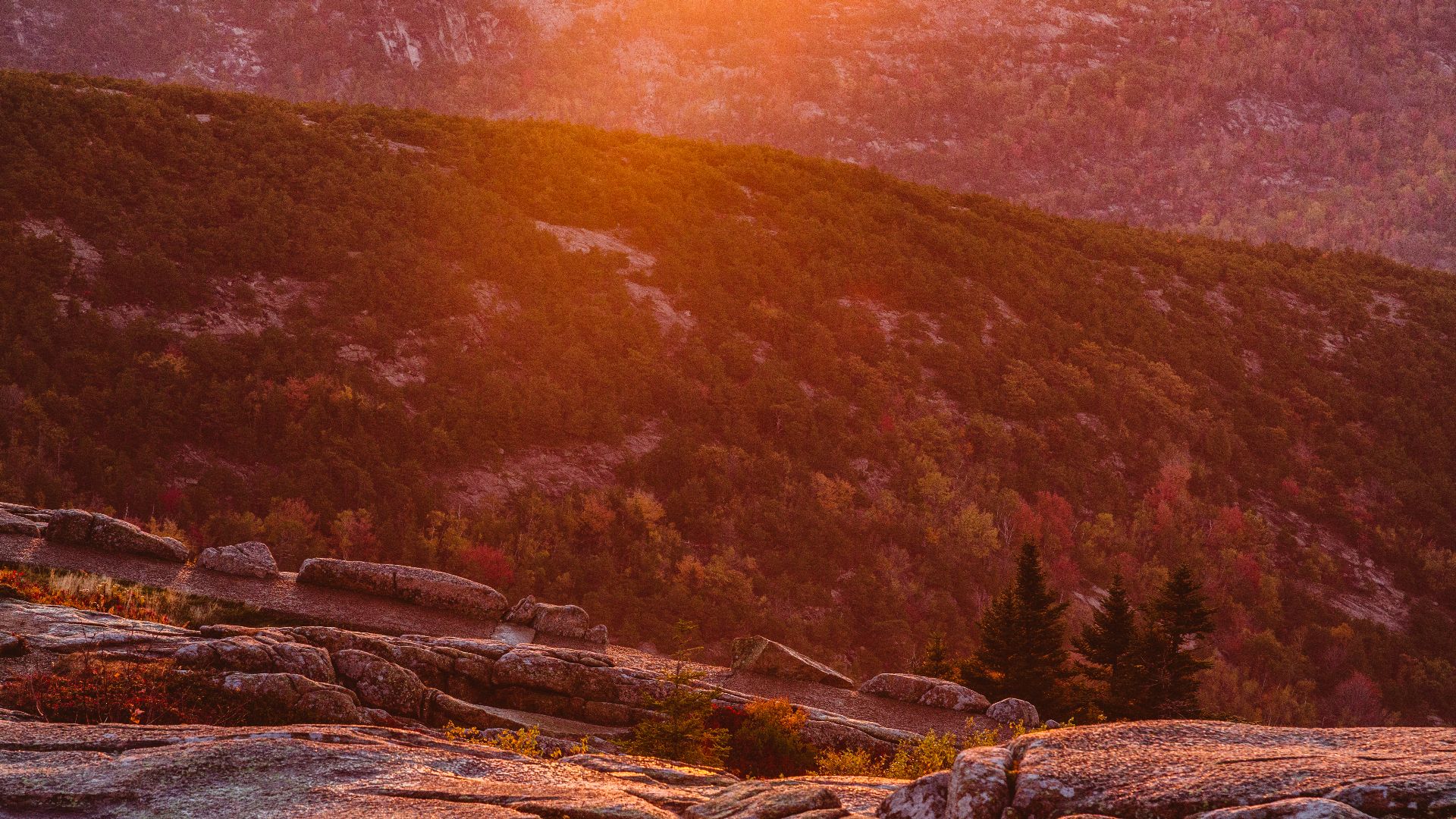 Tony Webster from Minneapolis, Minnesota, Wikimedia Commons
Tony Webster from Minneapolis, Minnesota, Wikimedia Commons
6. Yosemite
4.12 million tourists flooded California's Yosemite, stunning with granite giants like El Capitan and Half Dome, booming waterfalls, giant sequoia groves, and glacial valleys. Hikers trek the Mist Trail and John Muir Trail; history enthusiasts find Old Yosemite Village and the historic Ahwahnee Hotel.
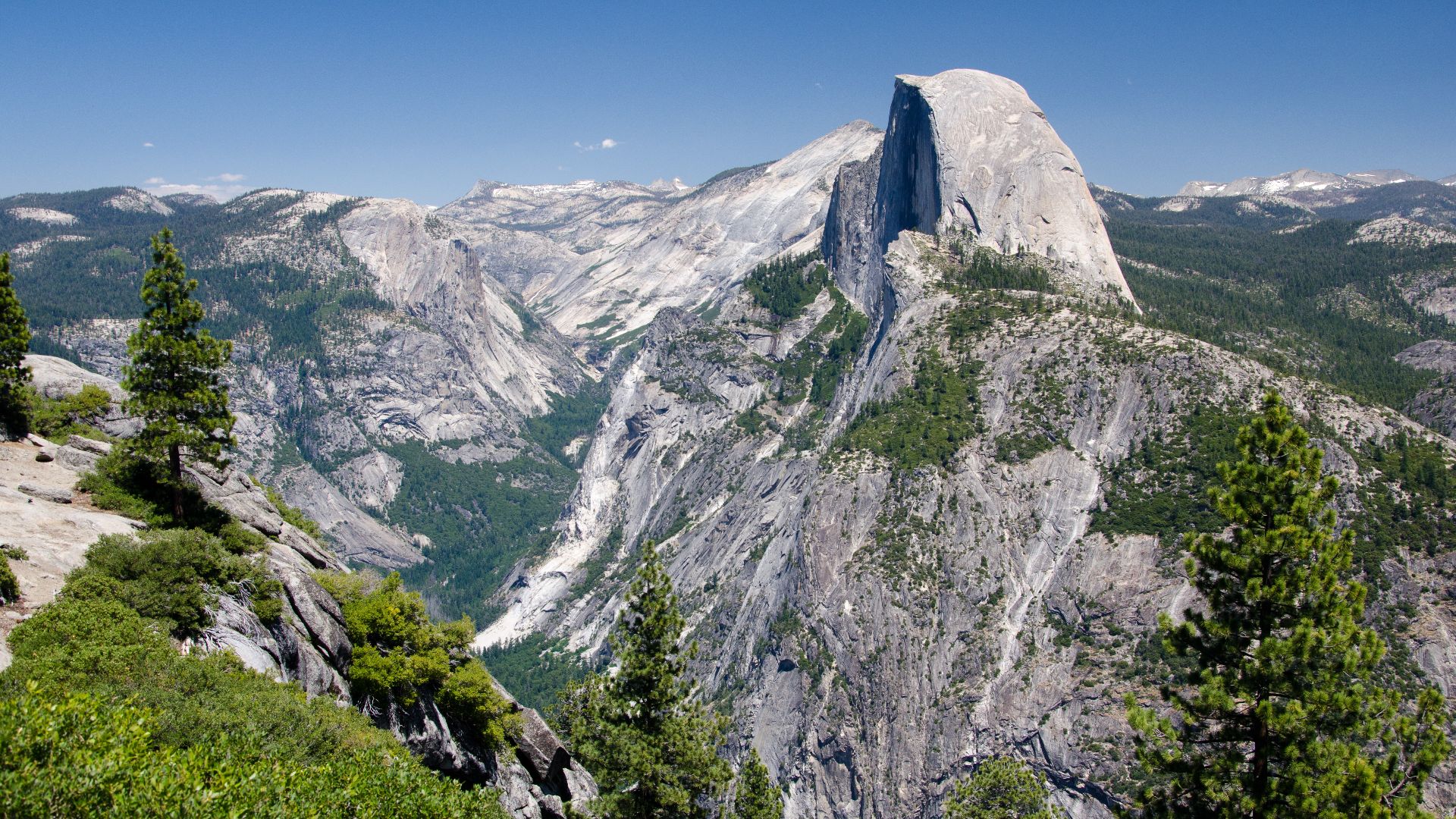 Johan Viirok, Wikimedia Commons
Johan Viirok, Wikimedia Commons
5. Rocky Mountain
Colorado's Rocky Mountain National Park hosted 4.15 million visitors, exploring alpine lakes, tundra, and peaks over 14,000‑ft. Trail Ridge Road crosses the Continental Divide, while elk herds fill meadows and bighorn sheep scale cliff faces.
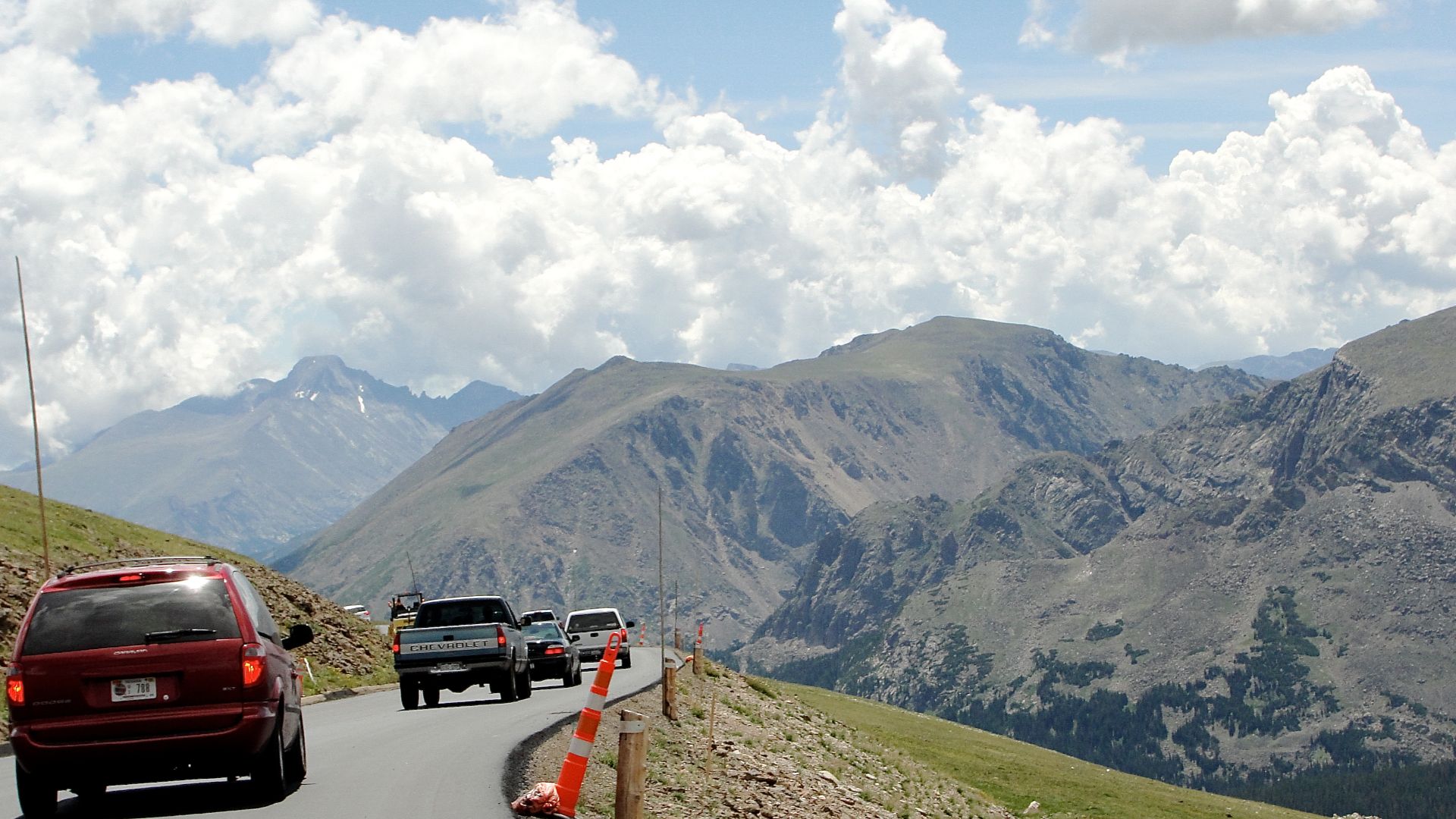 Greg Tally - User: (WT-shared) WineCountryInn at wts wikivoyage, Wikimedia Commons
Greg Tally - User: (WT-shared) WineCountryInn at wts wikivoyage, Wikimedia Commons
4. Yellowstone
4.74 million tourists in 2024 made Yellowstone America's geothermal masterpiece. Across Wyoming, Montana, and Idaho, Yellowstone encompasses 10,000+ hydrothermal marvels—from Old Faithful to the enormous Grand Prismatic Spring—and abundant wildlife like bison, wolves, and grizzlies in broad valleys and canyons.
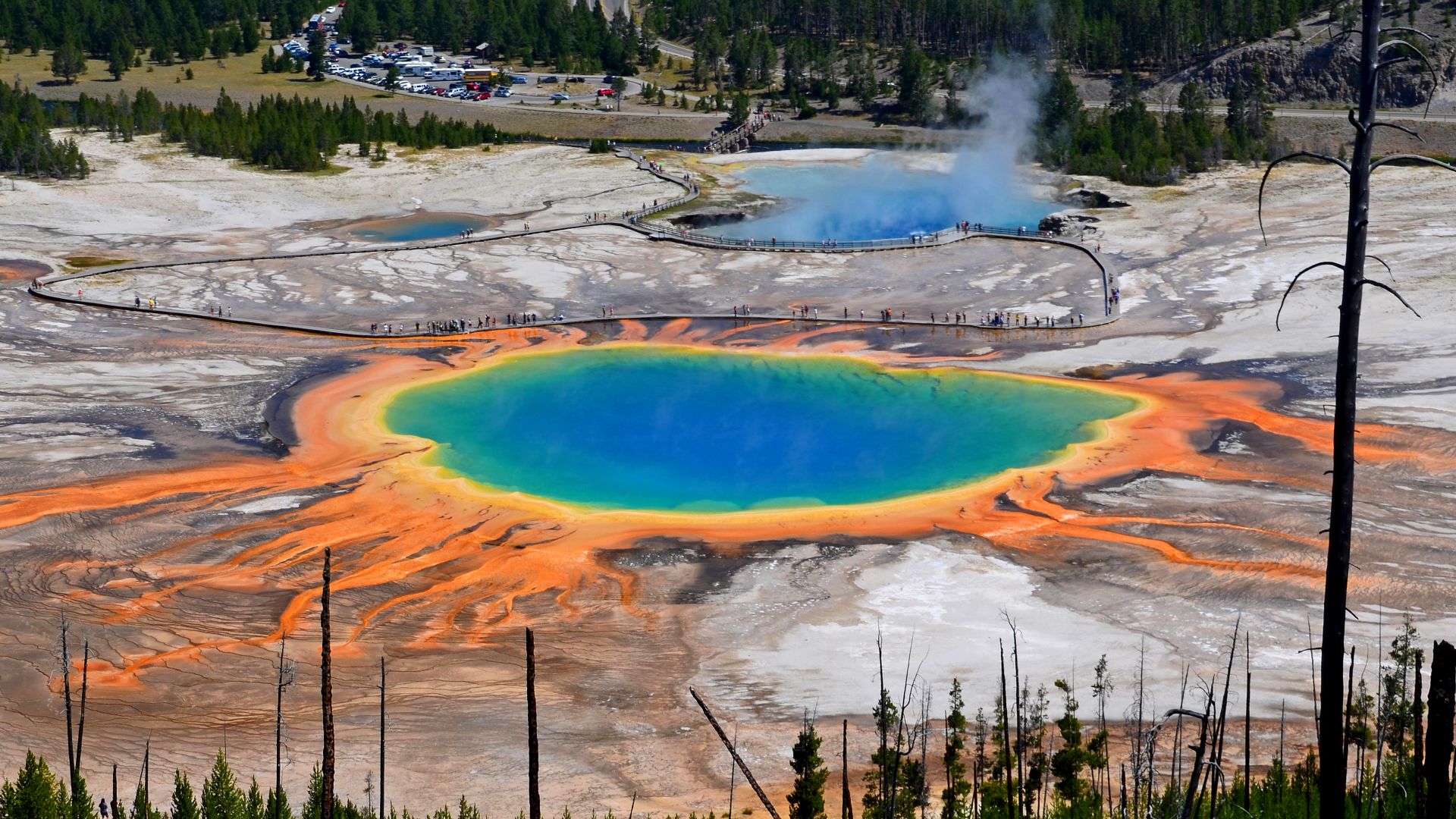 Clément Bardot, Wikimedia Commons
Clément Bardot, Wikimedia Commons
3. Grand Canyon
The Grand Canyon welcomed 4.92 million visitors to its awe-inspiring chasm carved over millennia by the Colorado River. Covering over 1.2 million acres, visitors hike rim trails, descend Bright Angel or South Kaibab, raft the river, and linger for sunrise over the canyon's monumental colors.
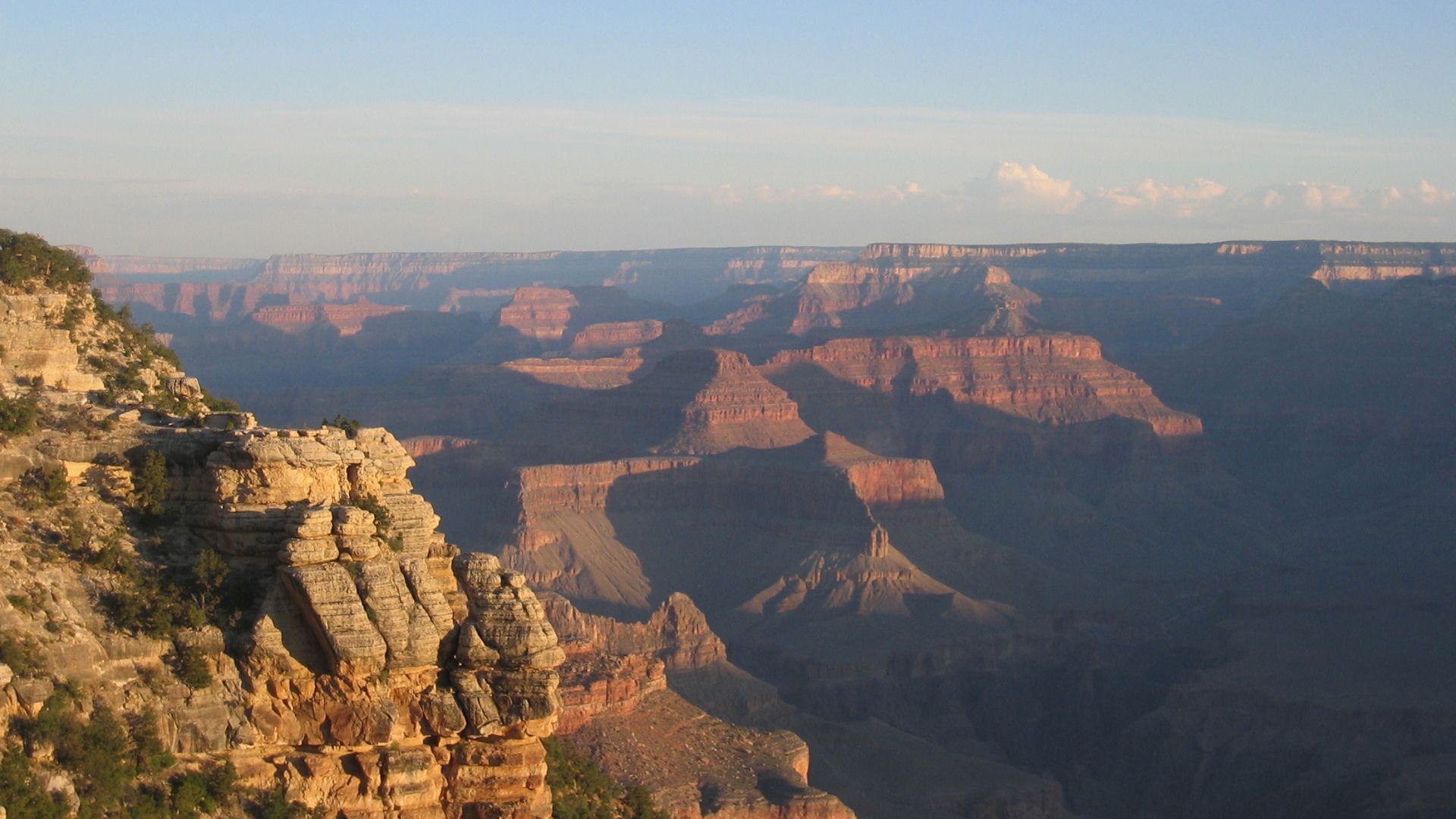 “Jon Zander (Digon3)”, Wikimedia Commons
“Jon Zander (Digon3)”, Wikimedia Commons
2. Zion
Utah's Zion welcomed 4.95 million visitors, electrifying with steep slot canyons, sky-high Navajo sandstone cliffs, and pulse-pounding hikes like Angels Landing and The Narrows. Biodiversity thrives in life zones that span from desert riparian to coniferous forests, and shuttle buses provide easy scenic canyon excursions.
1. Great Smoky Mountains
The United States' most visited attraction, Great Smoky Mountains NP, welcomed 12.19 million visitors in 2024. Spanning Tennessee and North Carolina, this Appalachian rainforest covers over 520,000 acres. Among the attractions are mist-shrouded ridges, cascading waterfalls, remnants of the ancient chestnut and spruce-fir forests, and over 90 historic settler homesteads—making it a cultural and ecological treasure.
You May Also Like:
Nature's Greatest Hits: 10 Iconic U.S. National Parks For Your Family's Bucket List!
Arizona’s Hidden Natural Phenomenon Could Hurt You
The Eye Of The Sahara Looks Like It Can't Possibly Be Natural

